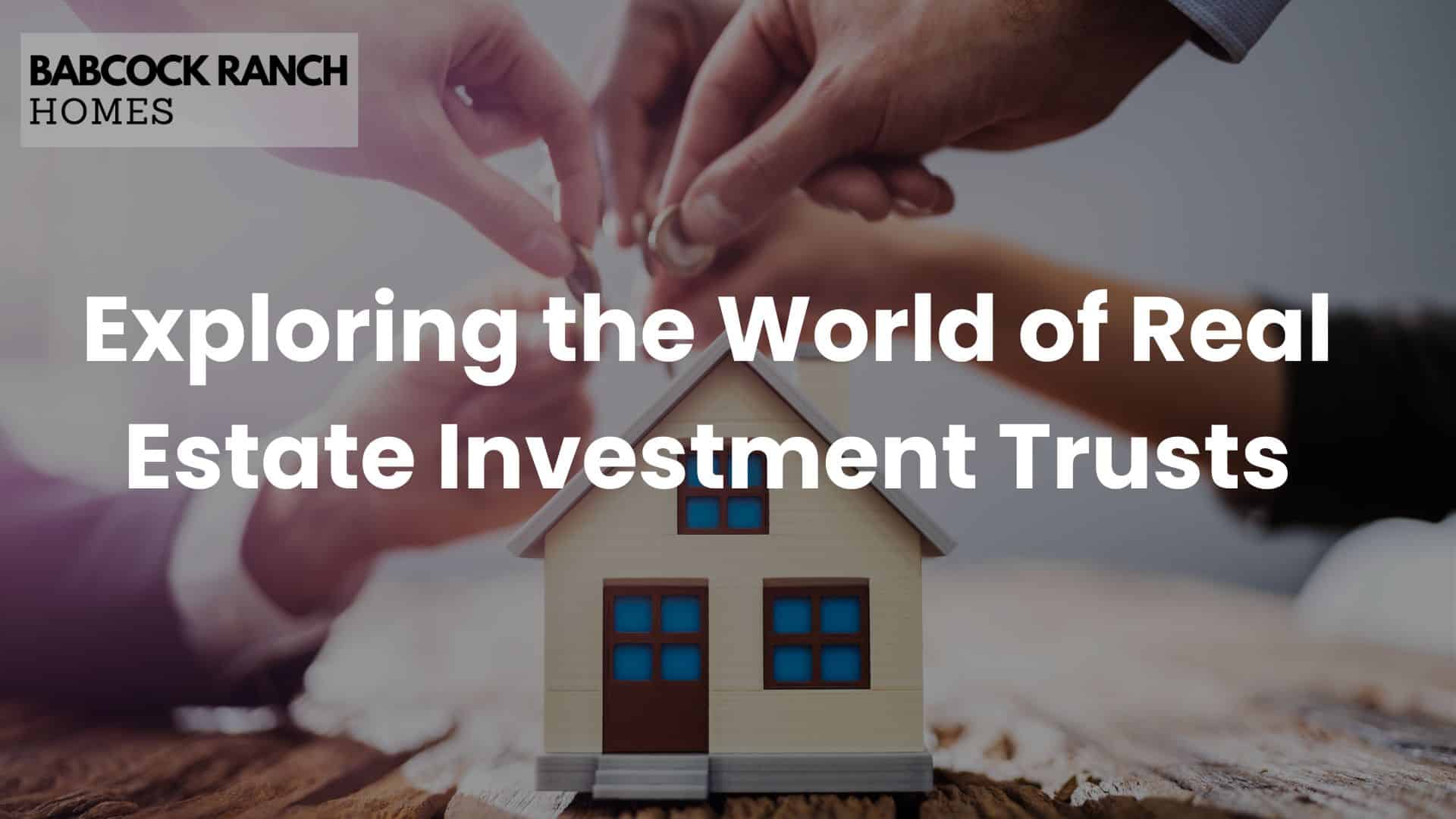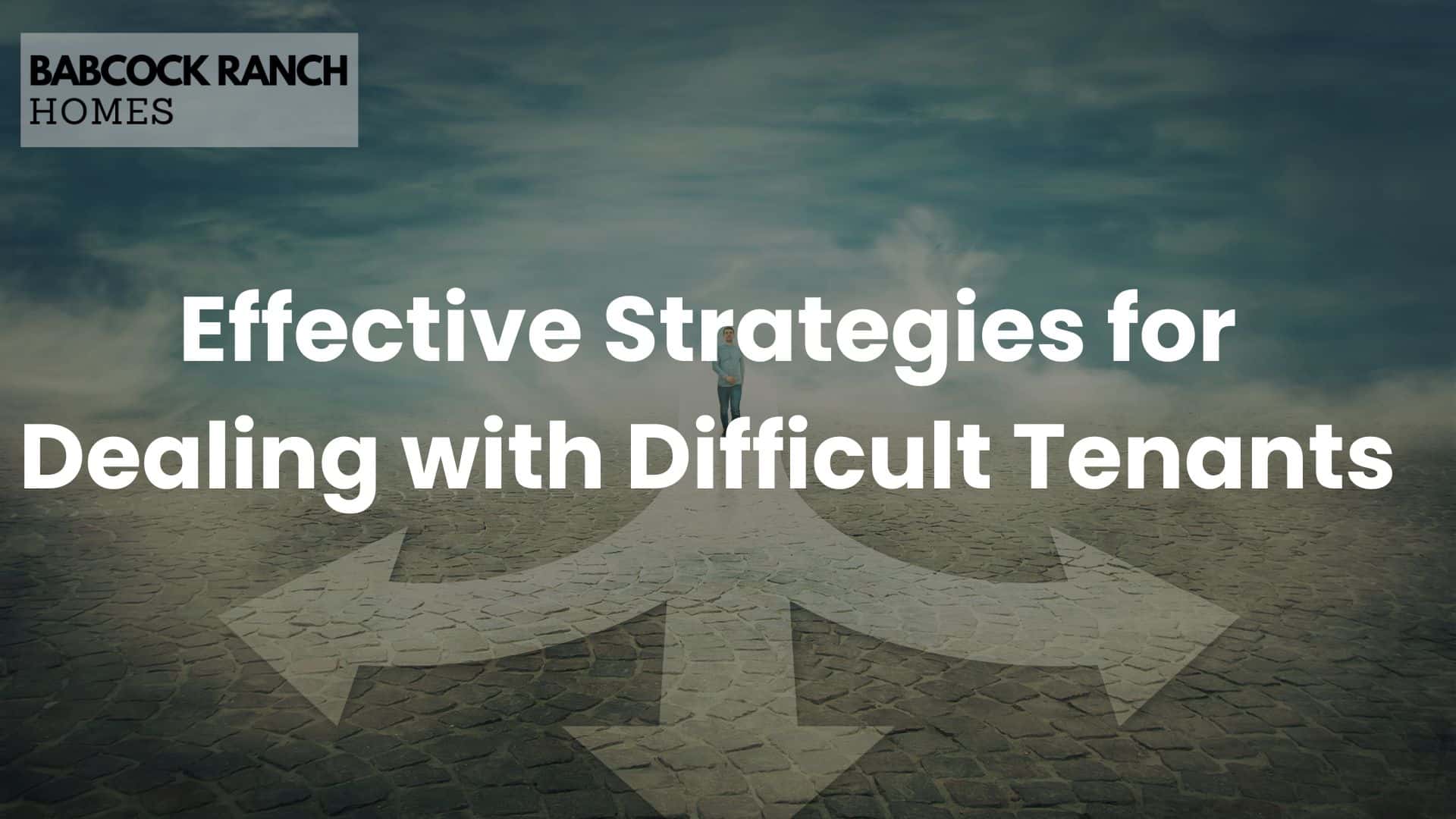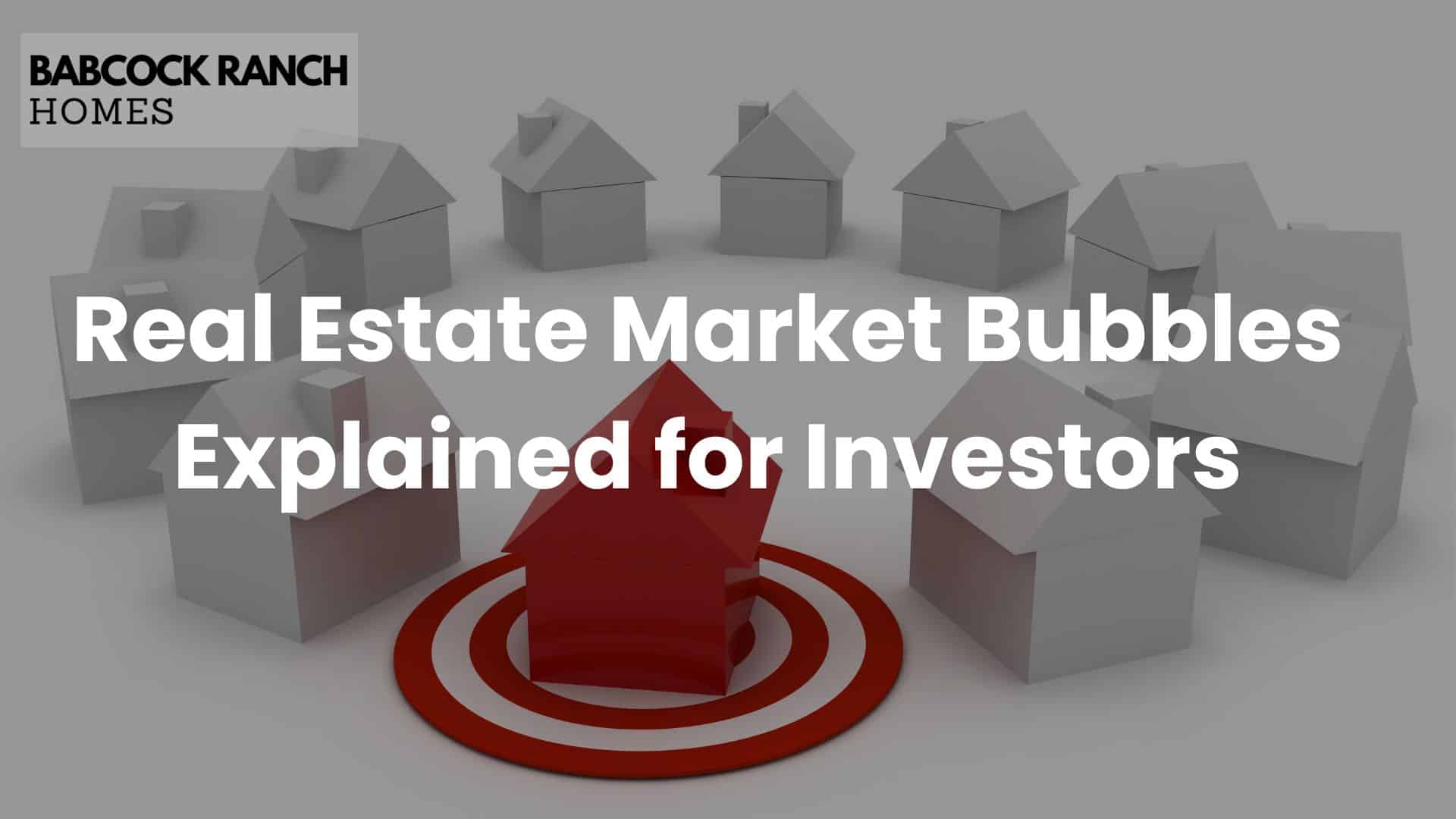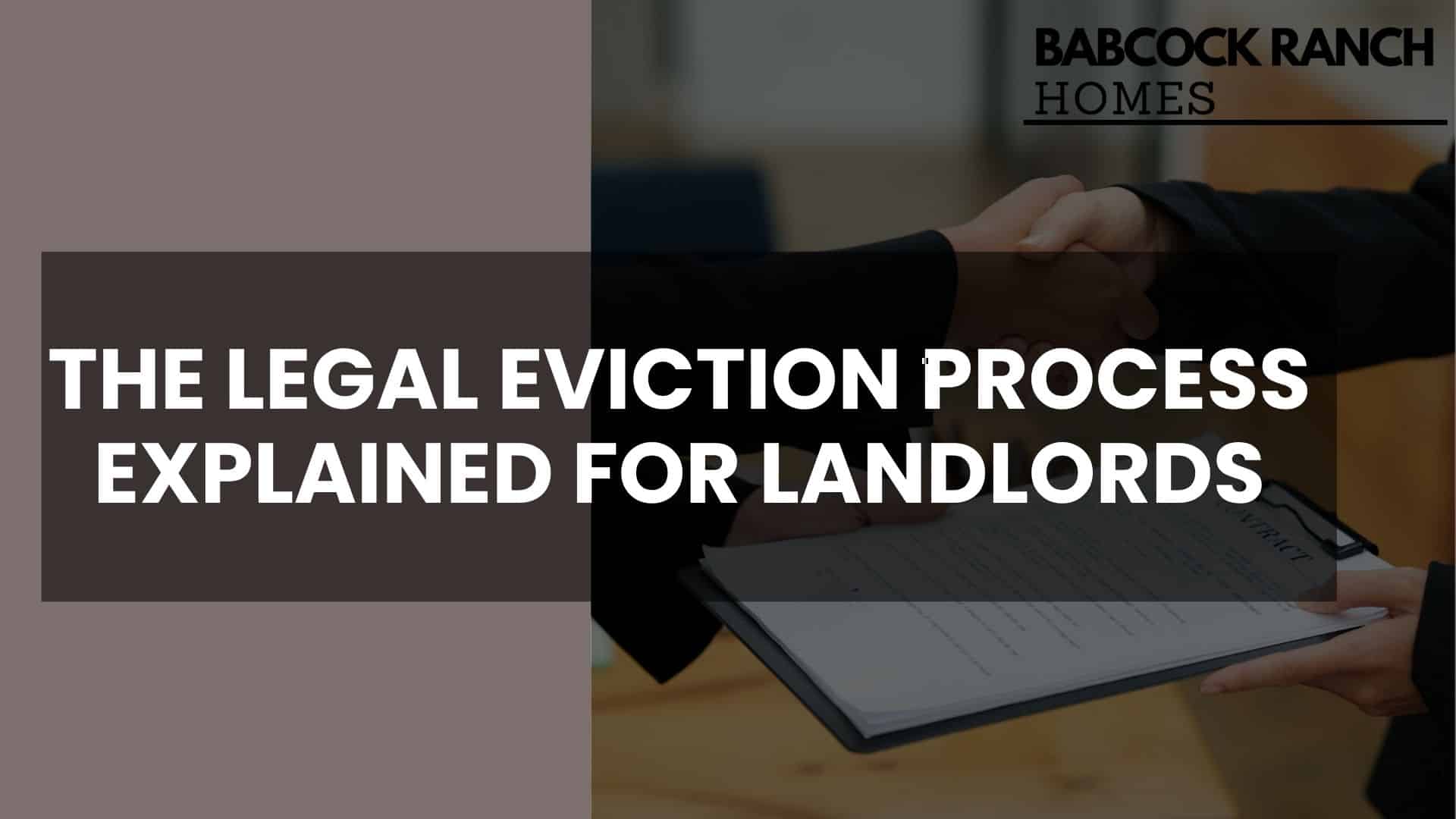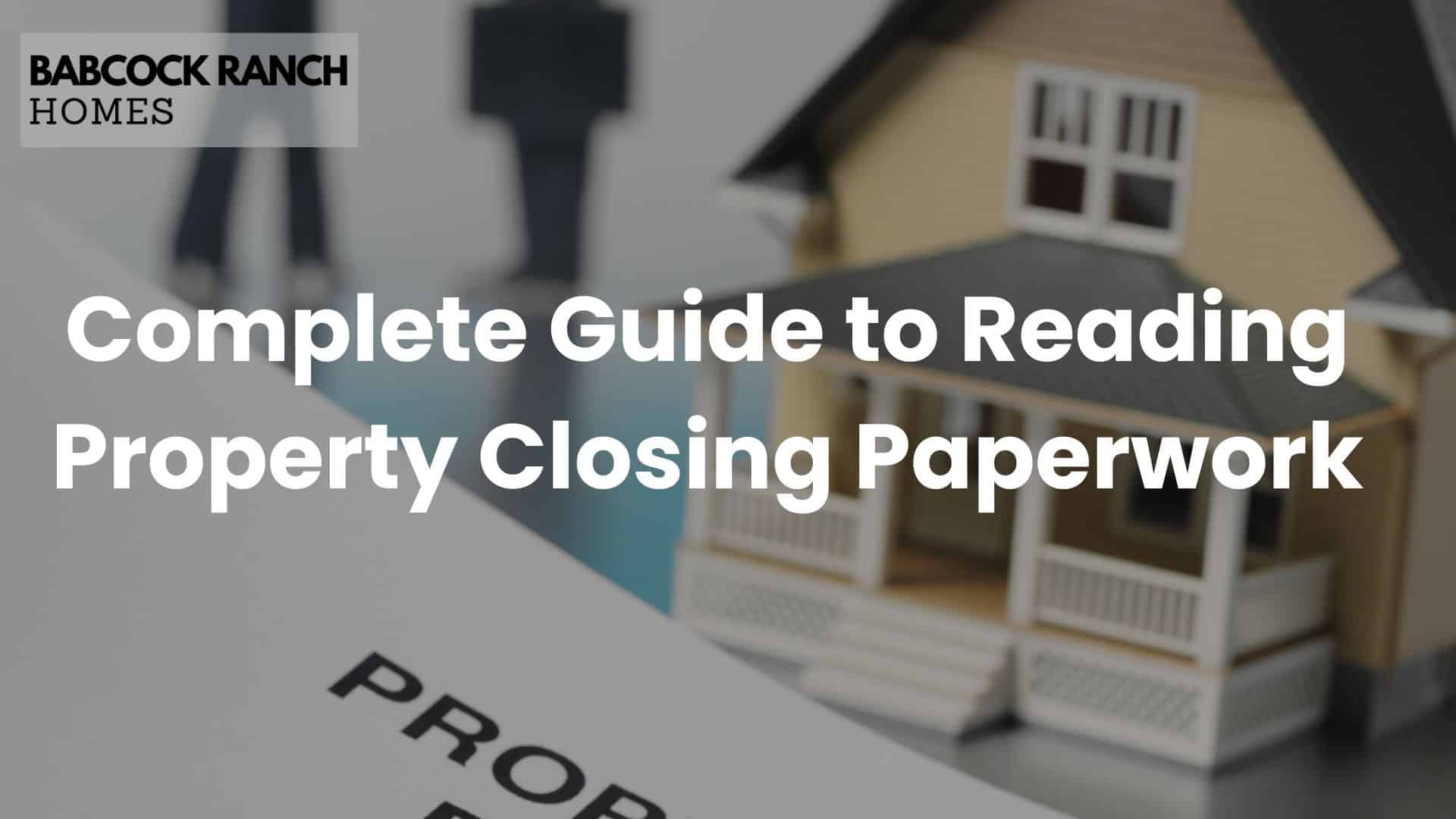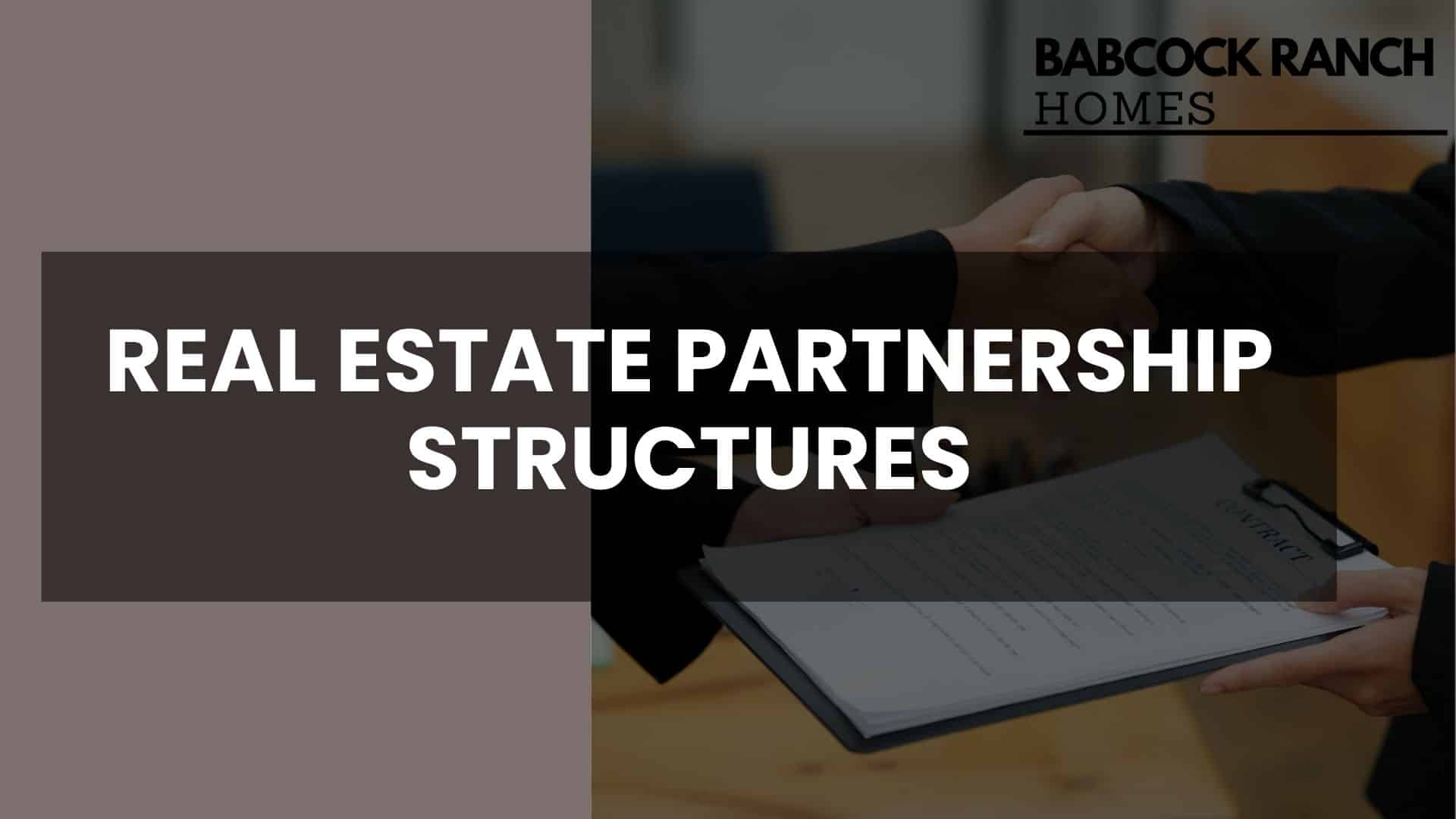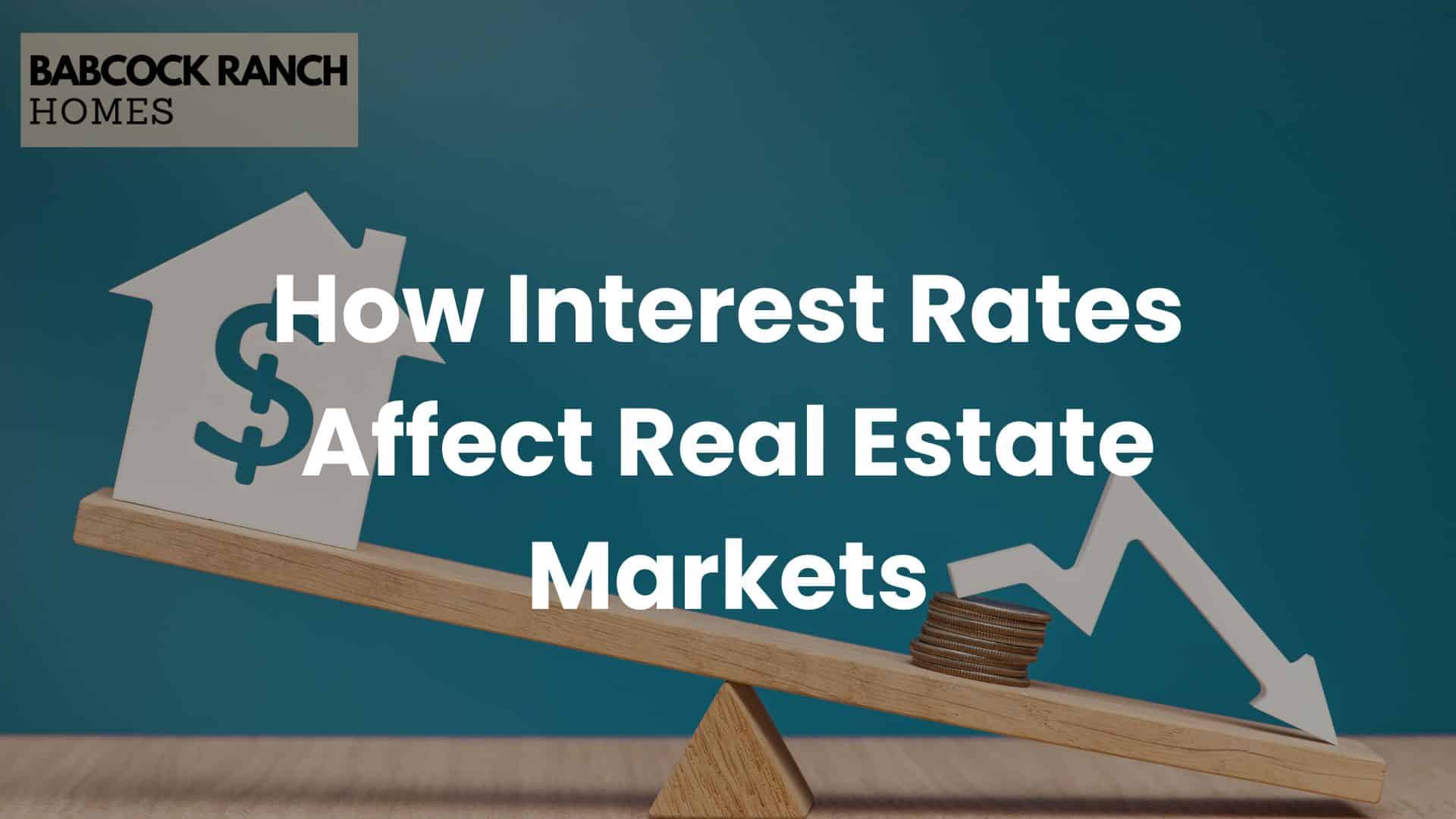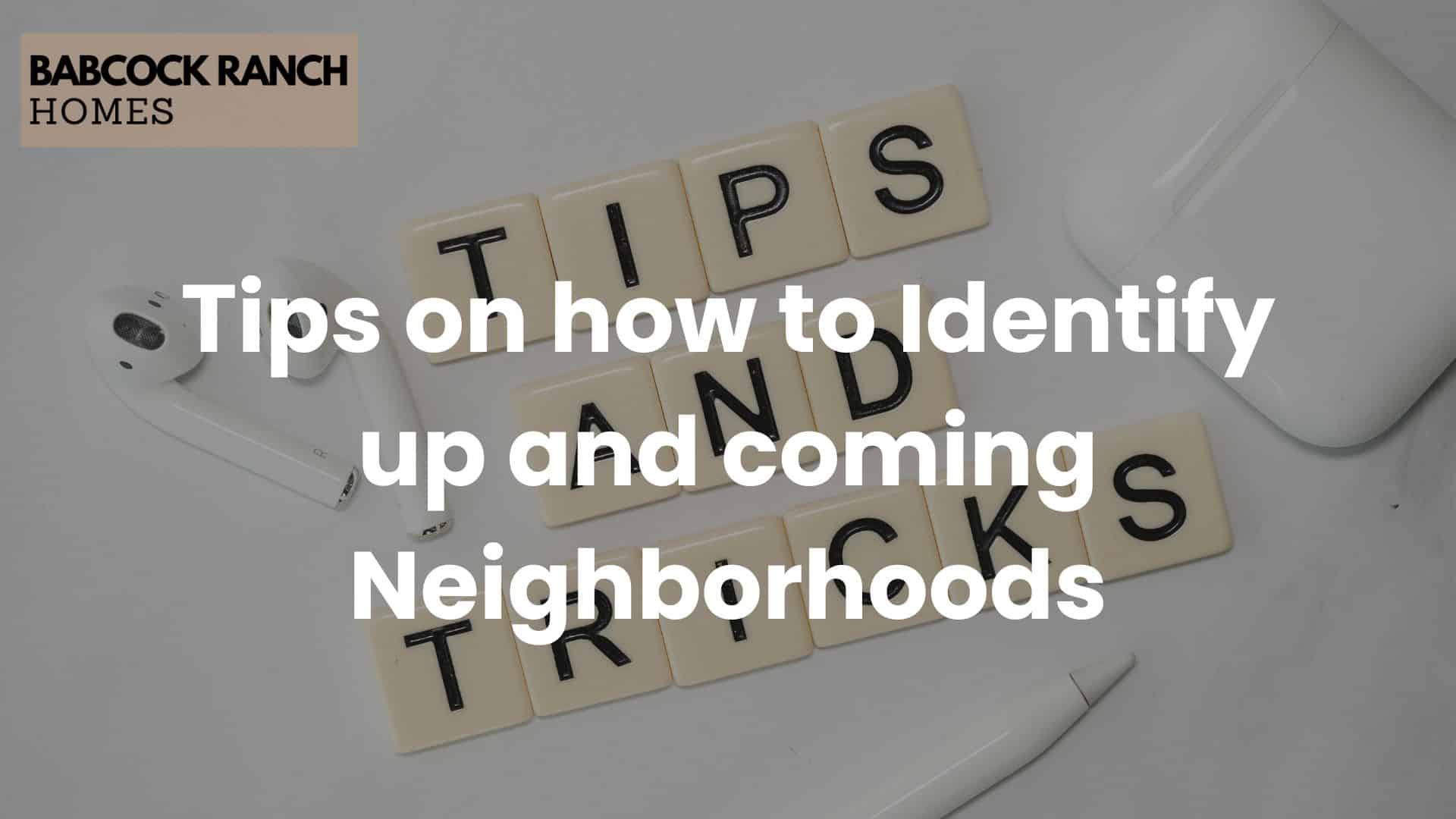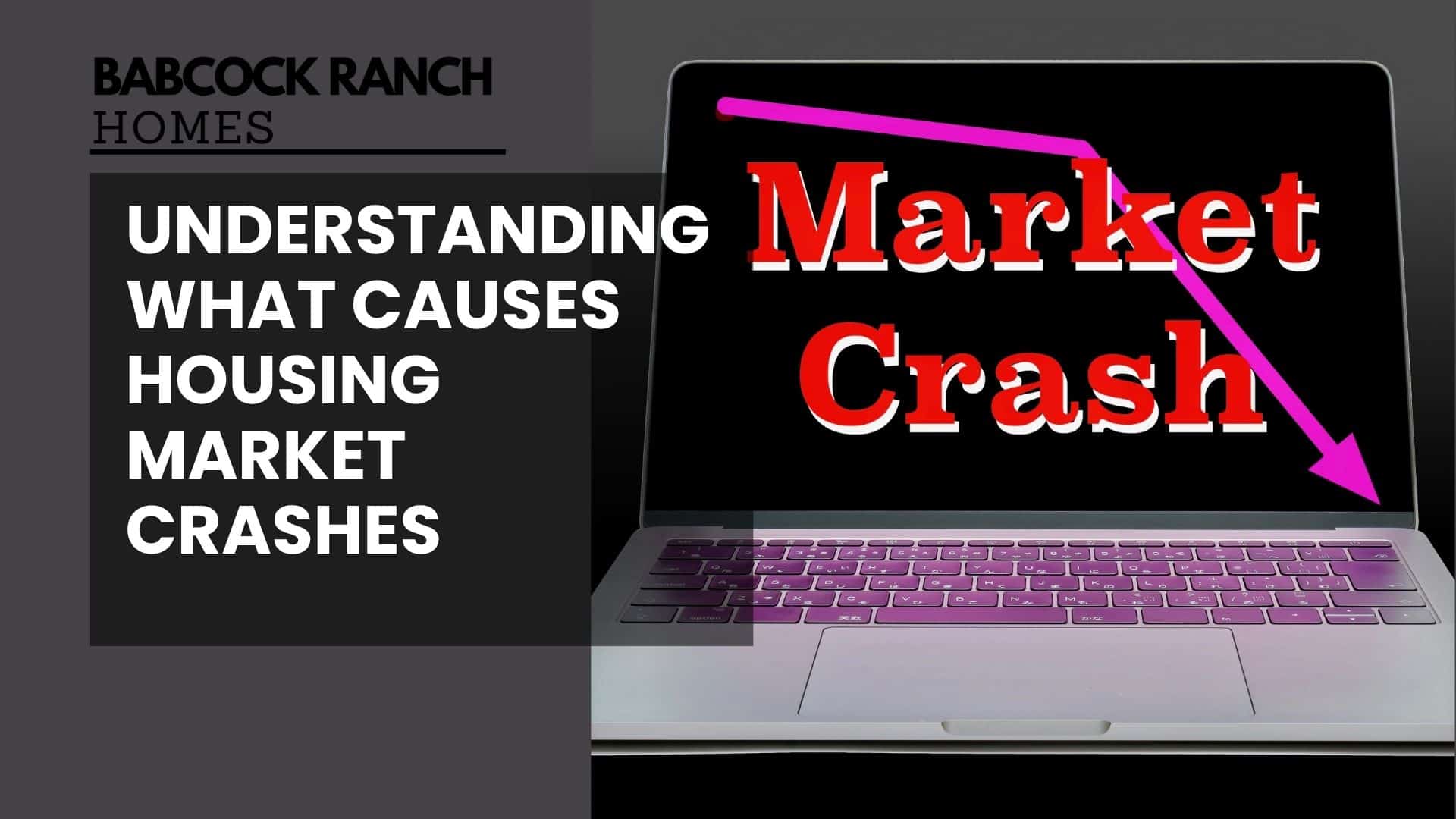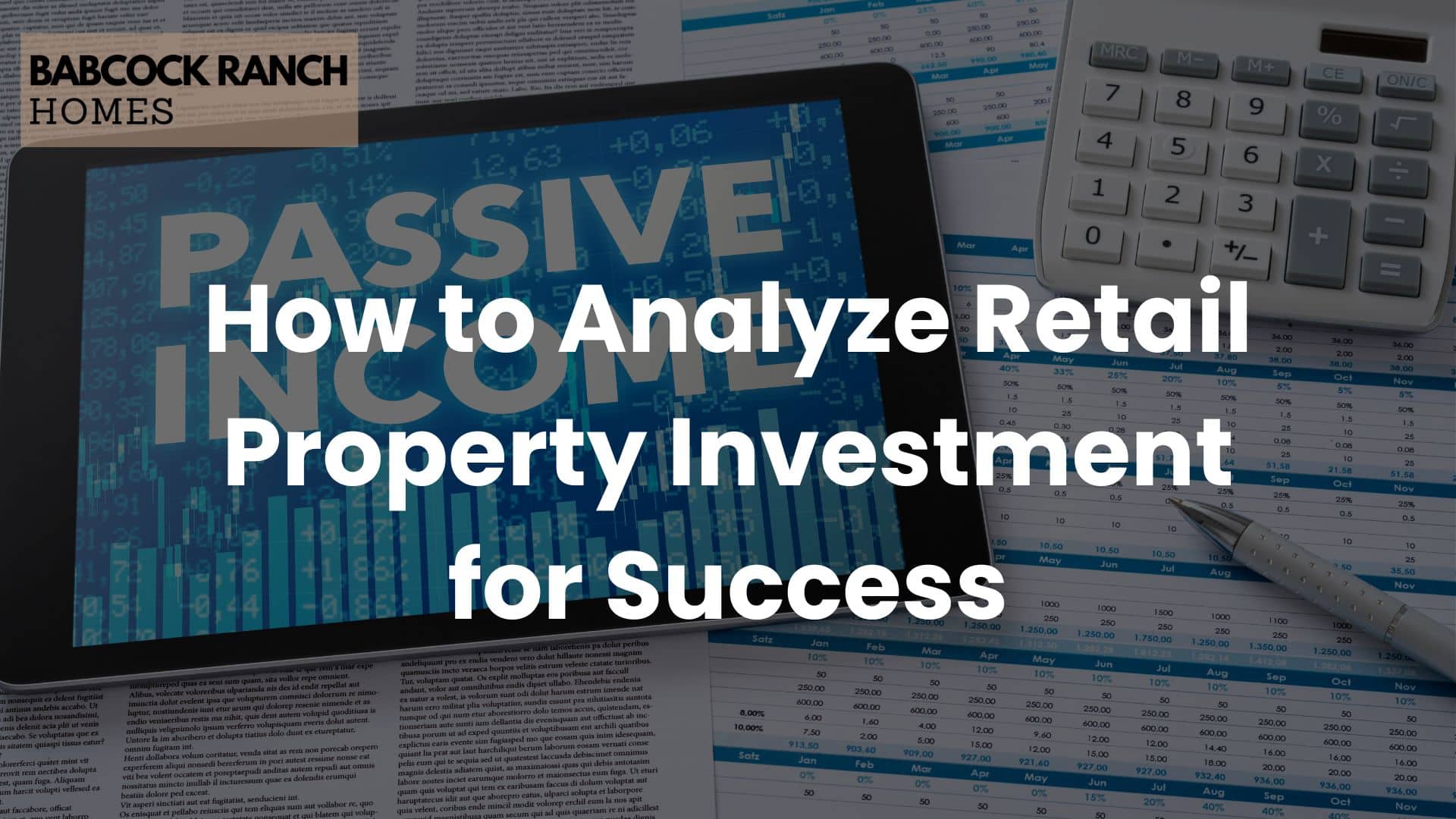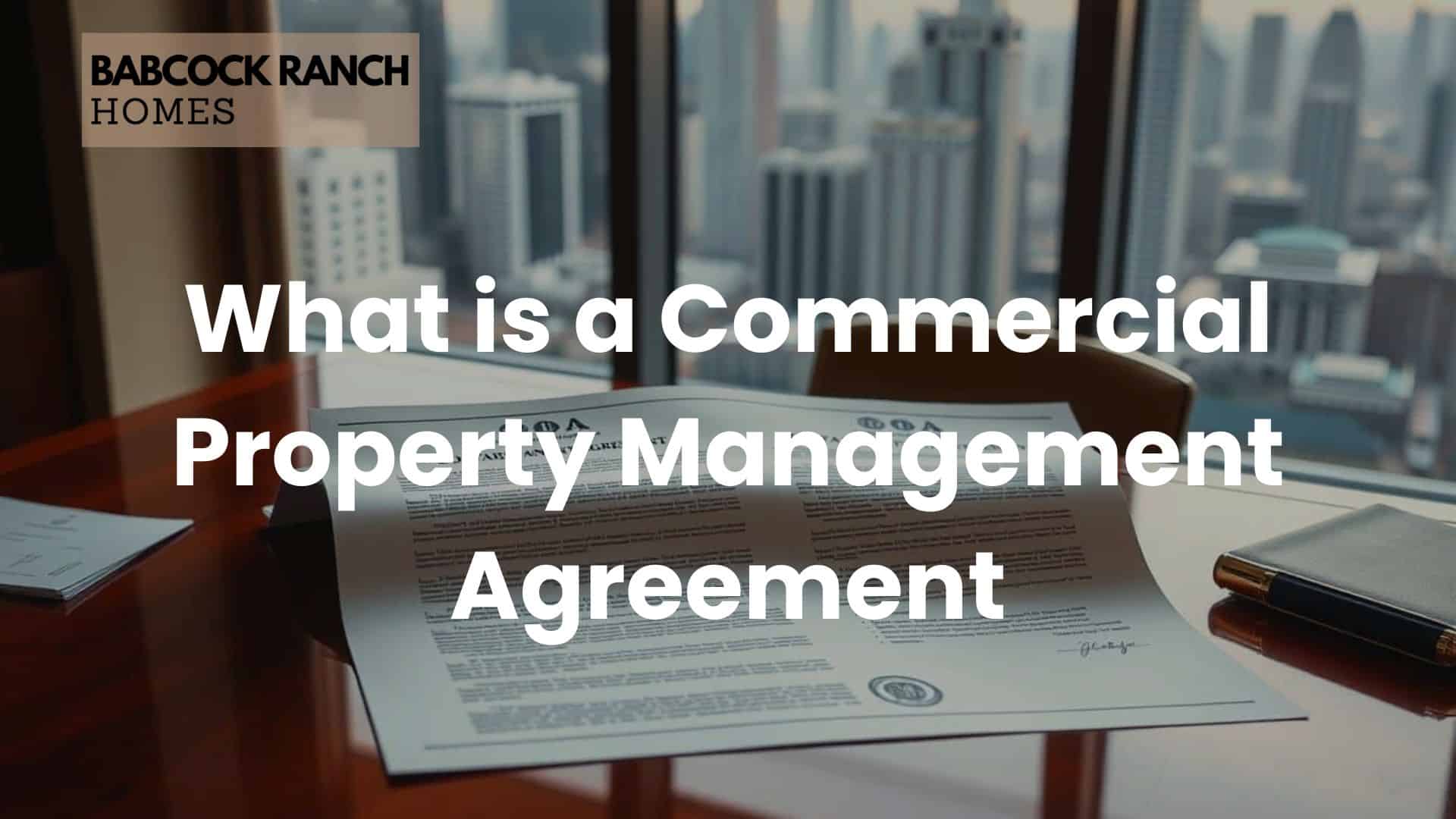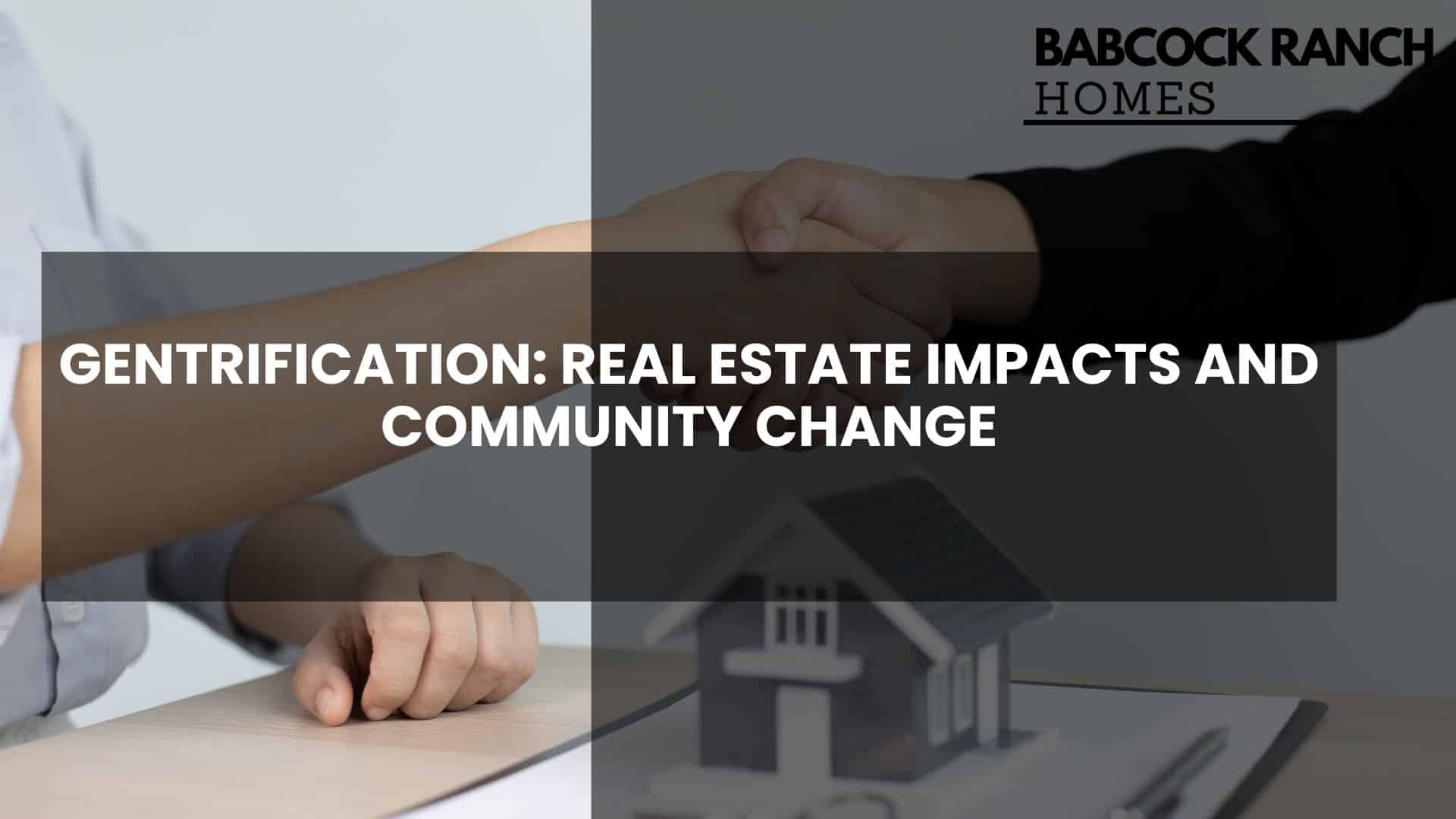
Urban neighborhoods change over time, but gentrification sparks a lot of debate. It happens when richer people move into areas that were once poorer. This can make property values go up and change the local culture. Research by Brookings Institution shows these changes affect housing markets all over the country.
Gentrification is about making old areas better. Buildings get fixed up, new shops open, and roads get improved. But, it also makes living there more expensive. People who have lived there for a long time might have to pay more to stay.
Real estate experts see both good and bad sides of gentrification. Places like Brooklyn’s Williamsburg or San Francisco’s Mission District show how fast things can change. Knowing about these changes helps people who buy or invest in real estate make better choices.
Key Takeaways
- Gentrification describes the economic and cultural transformation of urban neighborhoods
- Property value increases often accompany infrastructure improvements and new businesses
- Revitalization efforts can displace long-term residents through rising costs
- Real estate markets experience both investment growth and affordability challenges
- Historical data reveals recurring patterns across U.S. cities over decades
Defining Gentrification in Real Estate Context

Gentrification changes neighborhoods through social and economic forces. It’s not just a modern issue, but has roots in past urban plans. Let’s look at what makes this gentrification process special and how history affects today’s changes.
Core Characteristics of Neighborhood Change
Urban scholar Ruth Glass found three key signs of gentrification:
- Rising property values faster than the area average
- More affluent residents moving in
- New businesses replacing old ones
Places like Brooklyn’s Williamsburg show these signs. Tech workers have pushed home prices up by 173% from 2000-2020. But, long-time residents often face the threat of being pushed out as new cafes and shops open.
Historical Evolution of Urban Renewal Patterns
After WWII, “slum clearance” programs started the government’s role in gentrification. Cities like Chicago tore down low-income areas to build high-rises, leading to segregation. The 1970s saw a shift to organic renewal:
- 1970s: Artists moved into NYC’s SoHo lofts
- 1980s: Historic preservation helped St. Louis’ Lafayette Square
- 2000s: Tech companies changed San Francisco’s Mission District
These efforts show different results. SoHo became a luxury spot, while Lafayette Square kept a mix of incomes. These gentrification examples show how policy shapes neighborhoods.
Knowing the gentrification process helps you spot early changes. Whether investing or looking for affordable housing, seeing these patterns helps make better choices in changing areas.
Primary Drivers of Gentrification Trends
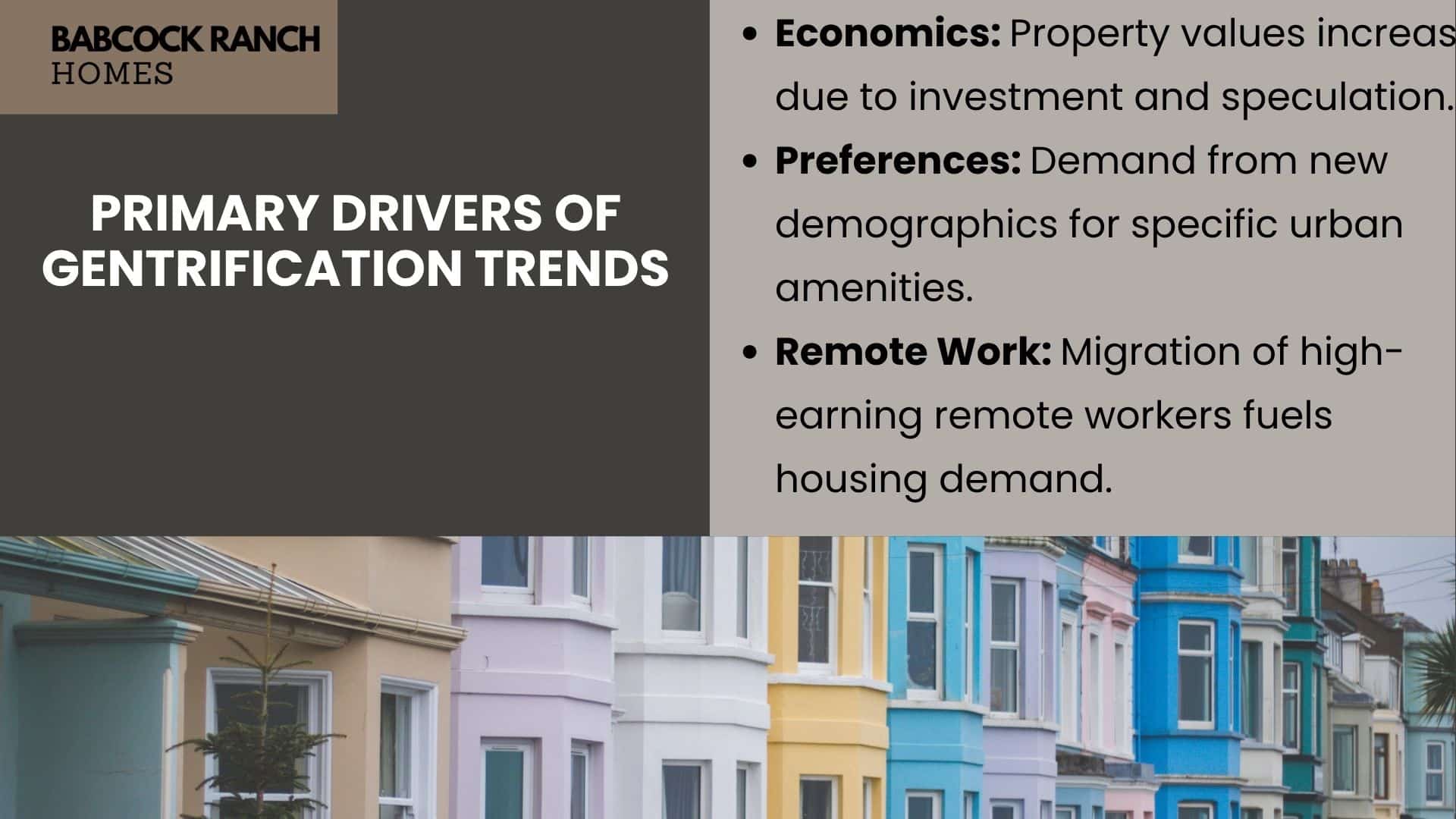
To understand why neighborhoods change, we must look at big economic forces and changing social values. Two main forces are at play: how money affects property values and how people’s behaviors shift. Together, they create a storm that leads to gentrification in urban areas.
Economic Factors Influencing Property Value Shifts
Exponential growth models help explain why prices rise fast. The formula P(t)=P₀·ert shows how small increases add up over time. In Austin’s Zilker neighborhood, this formula predicted a 62% increase in 5 years before tech firms moved in.
Three market forces speed up this growth:
- Corporate investment in mixed-use developments
- Low-interest loans for renovation projects
- Speculative buying from out-of-state investors
Cultural Preferences and Demographic Changes
Millennials now lead the homebuying market, bringing new priorities that change cities. Their choices often start gentrification causes by focusing demand in certain areas.
Millennial Housing Preferences Impact
This generation values:
- Walkable neighborhoods (15-minute cities)
- Proximity to coworking spaces
- Sustainable building features
Remote Work Migration Patterns
The pandemic led to a big move to cities. Source 3’s data shows 23% of Denver’s new residents work remotely for coastal companies. They look for:
- Lower cost of living
- Outdoor recreation access
- Larger home offices
This migration has big effects. Service workers follow high-earning transplants, making housing tight. Cities like Nashville see 40% faster rent growth near tech hubs than in suburbs.
Neighborhood Impacts of Gentrification Processes
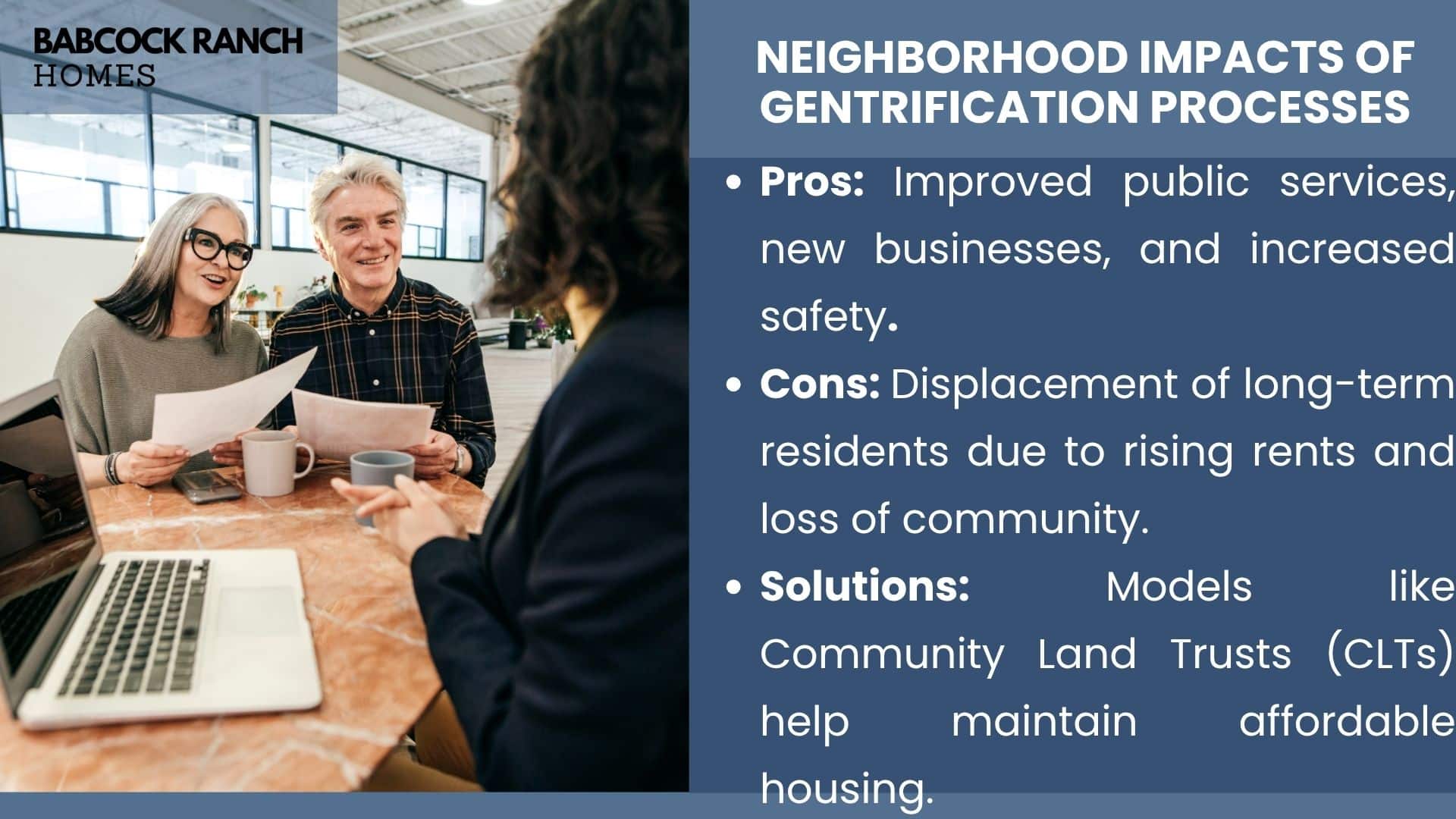
Gentrification changes communities in many ways. It brings new amenities but also raises rents and changes familiar places. Let’s look at how this affects real neighborhoods.
Positive Effects on Local Infrastructure
Neighborhoods going through gentrification often get better public services. Washington D.C.’s U Street/Shaw area is a great example. Here, you’ll find:
- Crumbling roads turned into bike lanes and pedestrian plazas
- Empty buildings now house shops and homes
- More police patrols cut crime by 38% from 2010
New businesses and taxes bring in more money. Schools in these areas also get better funding and programs.
Challenges of Resident Displacement
But gentrification also has a human cost. Over 261,000 Black residents left urban neighborhoods from 2000-2013, says the National Community Reinvestment Coalition. Long-term renters face:
- Rents go up by 52% in gentrifying areas
- Pressure to sell inherited homes
- Loss of community and cultural spots
Affordable Housing Shortage Case Studies
Boston’s community land trust (CLT) model is a glimmer of hope. CLTs:
- Keep home prices 30-50% lower than market rates
- Let residents decide on property matters
- Ensure homes stay affordable for the future
This strategy slowed down displacement in Roxbury. It capped rent increases at 2.5%, unlike non-CLT areas. Seattle and Atlanta also use similar policies to balance growth and fairness.
Babcock Ranch Case Study: Sustainable Community Development
Cities face tough challenges with gentrification. Babcock Ranch in Florida shows a different way. It focuses on sustainability and inclusion. This solar-powered community teaches us how to grow without pushing people out.
Florida’s First Solar-Powered Town Approach
Babcock Ranch is a new kind of town. It uses solar power for 100% of its daytime energy. The 870-acre solar farm powers 6,500 homes and keeps 50% of the 17,000-acre area green.
Babcock Ranch Homes Development Philosophy
Builders here focus on energy efficiency and community. Each home has:
- Solar-ready construction with energy monitoring systems
- Native landscaping needing little water
- Walkable paths to schools and shops
Contact Information: 518-569-7173 | Babcock Ranch, FL
Want to live here? Call Babcock Ranch Homes at 518-569-7173. They’ll tell you about homes and green projects.
Balancing Growth With Social Equity
The team fights gentrification with smart plans:
- They keep housing prices low for key workers
- They mix income levels in neighborhoods
- They hire locals for upkeep jobs
This way, the town stays diverse as it grows. Babcock Ranch proves you can revitalize without leaving anyone behind.
Real Estate Market Dynamics During Gentrification
Gentrification changes neighborhoods slowly but deeply, affecting housing markets. This part looks at how property values change and the impact on rental costs.
Property Value Appreciation Patterns
Home values in gentrifying areas often follow a three-phase trajectory. First, they stabilize as investors see the area’s promise. Then, they quickly rise with new infrastructure and buyers. Source 1 found a 5% annual increase, making a $200,000 home worth $330,000 in 10 years.
This growth isn’t the same everywhere:
- Historic districts appreciate 22% faster than newer buildings
- Properties near transit hubs value up 18 months sooner
- Mixed-use zoning areas grow steadily over time
Rental Market Pressures and Solutions
Renters face a tough situation as homeowners see value increases. Source 3 found 41% of landlords in changing areas raise rents more than wages. Here are ways to balance profits and community needs:
- Phased increases: Raise rent by 3-5% annually with 90-day notice
- Value-add upgrades: Add energy-efficient appliances for small price hikes
- Long-term tenant incentives: Give lease extensions for minor updates
Choosing smart renovations is key. A $15,000 kitchen update in gentrifying areas can return 92% of the cost, compared to 78% in stable markets. This way, landlords can keep profits without pushing out current tenants.
Mitigation Strategies for Communities
Cities are changing, and we can act to lessen the bad effects of gentrification. We can grow in a fair way. Communities are finding ways to do this by working together and making new rules.

Inclusive Zoning Policy Approaches
New York City has a plan called Mandatory Inclusionary Housing. It makes sure new buildings have affordable homes. This has been in place for six years.
San Francisco also has a rule. It says that if you want to open a business, you must make some homes affordable.
Good zoning rules include:
- Keeping rent low for people who live there
- Mixing different income levels in neighborhoods
- Using money from developers to help the community
Community Land Trust Implementations
In Washington DC, there’s a group called Douglass Community Land Trust. It’s run by the people who live there. They buy land and let homeowners use it, keeping prices low for future generations.
When a historic music venue was in danger, the community came together. They used protests and talking to officials to save it.
CLTs work well because of:
- People making decisions about the land
- Keeping prices low when homes are sold
- Working with local banks to help people buy homes
These efforts show that fighting gentrification needs both good policies and community action. By learning from what works, we can grow without losing our culture.
Professional Guidance for Homebuyers
Buying a home in areas changing due to gentrification needs careful thought. First-time buyers and investors must weigh the benefits against the ethical issues. Professionals offer advice to help clients make smart choices in these changing markets.
Key Strategies for Informed Decisions
- Analyze tenant demographic shifts using localized migration patterns
- Track municipal budget allocations for infrastructure upgrades
- Monitor zoning changes through city planning department portals
Tools from Source 3 show areas with 15-20% year-over-year increases in young professionals gentrify fast. Source 1’s models link coffee shop openings to 12-18 month property value jumps.
Three key questions help evaluate investment:
- What percentage of existing residents rent vs own properties?
- Are public transportation improvements scheduled within 5 years?
- How many building permits were issued last quarter?
Infrastructure projects like bike lanes or school renovations signal future growth. Experts use this to predict the best times to buy.
Investing early can be risky but gives you more bargaining power. Agencies now offer assessments to ensure your purchase supports community goals.
For wise choices, mix market data with community involvement. Attend local meetings or read minutes online to grasp planned changes. This way, you can find good deals while staying true to community values.
Conclusion
Understanding gentrification is key in today’s real estate world. It’s a complex mix of economic growth and keeping communities intact. Babcock Ranch shows how careful planning can grow a place while keeping it fair for everyone.
Studies by Brookings Institution and Urban Institute highlight the importance of using data. They show how tracking housing and income can help cities grow right. Community land trusts in places like Boston and Atlanta are examples of keeping neighborhoods true to their roots.
When making property choices, it’s important to think about both market trends and people’s lives. Buying a home or looking at investment properties, consider how laws and zoning affect neighborhoods. Nonprofits and real estate experts offer tools to make informed decisions.
For urban growth to be good, everyone needs to be open and focused on results. By learning from successful growth and fairness policies, cities can grow in a way that benefits everyone. Every person involved in real estate can make a difference by making smart choices and working together.

